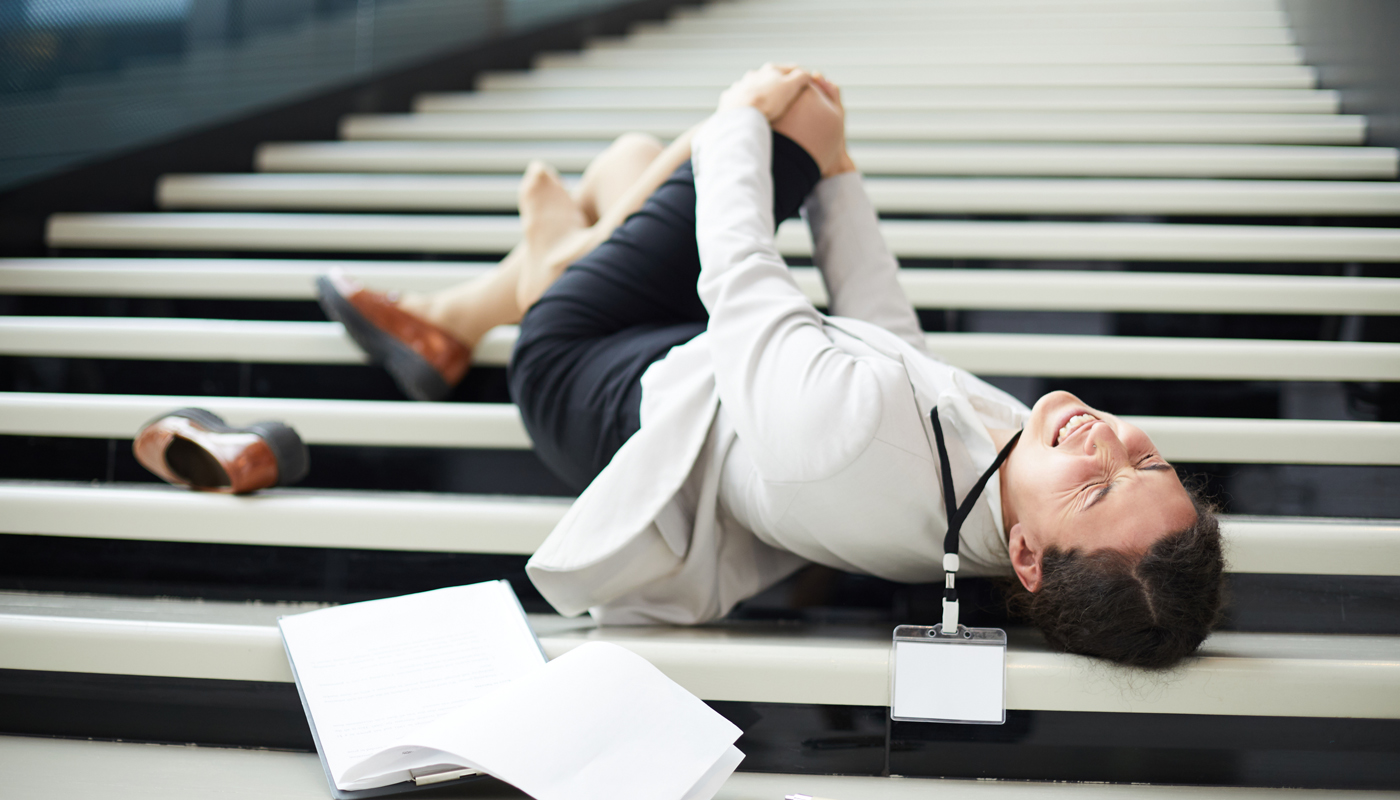Introduction
Slip and fall accidents are among the most frequent causes of personal injury claims in the United States. Whether it happens in a supermarket, at work, or on a public sidewalk, a simple fall can lead to severe injuries, costly medical bills, and long recovery periods. Understanding the causes of these accidents, how liability is determined, and what steps to take afterward is essential for protecting your legal rights and securing fair compensation.
1. Common Causes of Slip and Fall Accidents
Slip and fall accidents can occur in a variety of settings. The most common causes include:
-
Wet or freshly cleaned floors without warning signs.
-
Uneven surfaces, loose carpets, or broken tiles.
-
Poor lighting in hallways, staircases, or parking areas.
-
Cluttered walkways or obstacles left in common areas.
-
Weather-related hazards such as ice, snow, or rainwater.
Property owners have a duty to maintain safe conditions, and failure to do so can make them liable for injuries.
2. Types of Injuries from Slip and Fall Accidents
The consequences of slip and fall accidents can range from minor bruises to life-altering injuries, including:
-
Broken bones, especially hips and wrists.
-
Spinal cord injuries and slipped discs.
-
Traumatic brain injuries (TBI) from hitting the head.
-
Torn ligaments and soft tissue damage.
-
Long-term mobility issues and chronic pain.
Older adults are particularly vulnerable, as falls are one of the leading causes of hospitalization among seniors.
Read also: Essential Guide to Workplace Injury Claims: Protect Your Rights
3. Proving Liability in a Slip and Fall Case
To win a slip and fall case, you must show that the property owner was negligent. This means proving that:
-
The owner had a duty of care to keep the premises safe.
-
The hazard existed long enough that the owner should have known about it.
-
The dangerous condition directly caused your injury.
Evidence such as photos, video surveillance, witness statements, and medical records will strengthen your claim.
4. Steps to Take Immediately After a Slip and Fall Accident
If you experience a slip and fall, your actions immediately afterward can impact your case:
-
Seek medical attention right away, even if injuries seem minor.
-
Take photos of the scene, including the hazard that caused the fall.
-
Report the incident to the property owner or manager and ask for a copy of the report.
-
Collect contact information from witnesses.
-
Keep all medical records and bills as evidence.
The sooner you document the details, the stronger your claim will be.
5. Compensation You May Be Entitled To
Victims of slip and fall accidents may be eligible for several types of compensation, such as:
-
Payment of medical expenses, including rehabilitation.
-
Reimbursement for lost wages during recovery.
-
Compensation for long-term disability or reduced earning capacity.
-
Pain and suffering damages.
-
Emotional distress compensation.
Each case is unique, and the amount of compensation depends on the severity of injuries and the level of negligence.
6. Why You Need a Personal Injury Lawyer
Slip and fall cases can be difficult to prove because property owners and insurers often argue that the accident was the victim’s fault. A skilled personal injury lawyer can:
-
Investigate the accident and gather evidence.
-
Work with medical experts to prove the extent of your injuries.
-
Negotiate fair settlements with insurance companies.
-
Represent you in court if necessary.
Most lawyers work on a contingency fee, meaning you pay nothing unless they win your case.
Conclusion
A slip and fall accident may seem like a minor event, but the consequences can be life-changing. By understanding your rights, documenting the incident, and seeking legal support, you can protect yourself and pursue fair compensation. Filing slip and fall accidents claims not only helps victims recover financially but also encourages property owners to maintain safer environments for everyone.
